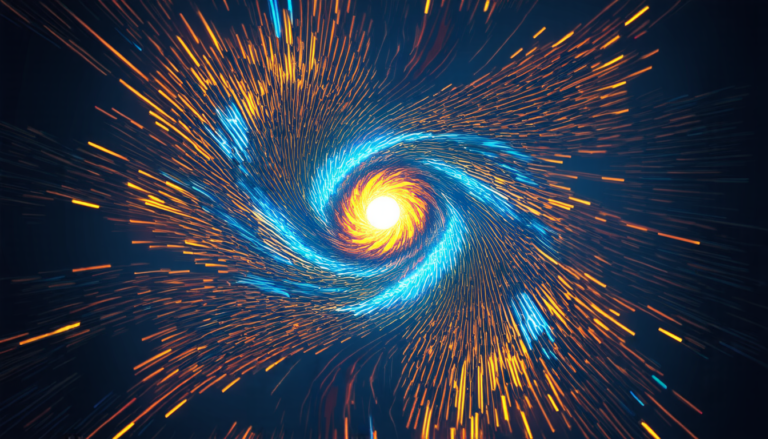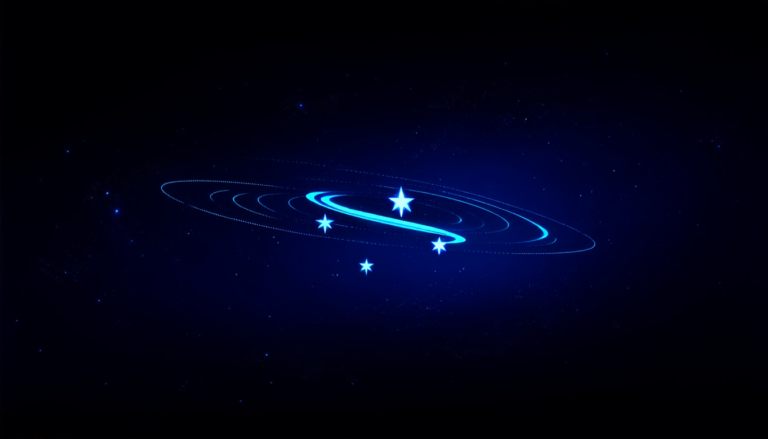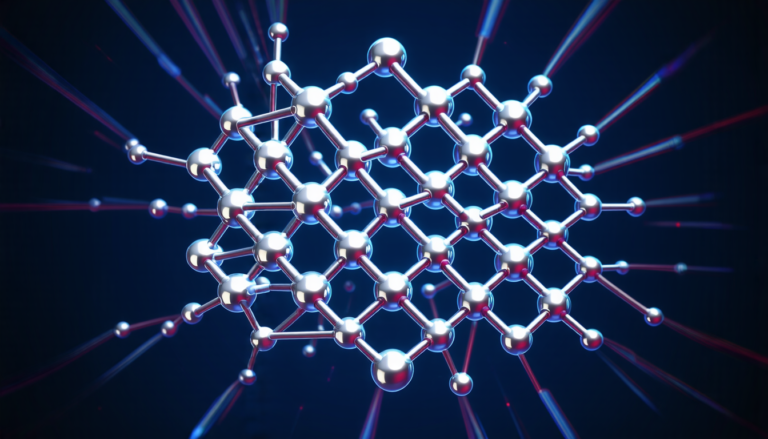Wednesday 06 August 2025
A long-standing question in planetary science has been whether pebble accretion, a mechanism by which small particles collide and merge, plays a significant role in the formation of planets and moons. Researchers have proposed that pebbles could provide an alternative to traditional planetesimal theory, where large bodies form through the gravitational collapse of smaller particles. Now, new analysis suggests that the unique characteristics of Callisto, one of Jupiter’s largest moons, may hold clues about the dominance of pebble accretion.
Callisto is fascinating because its interior appears only partially differentiated, meaning it has a distinct core and mantle but lacks a fully formed crust. This is unusual compared to other large moons in our solar system, which have more defined layers. The researchers behind this new study propose that Callisto’s partial differentiation could be the result of pebble accretion.
In traditional planetesimal theory, gravitational collapse leads to significant differentiation as particles collide and merge. However, pebbles would release their energy at the surface of the satellite, allowing for efficient radiative cooling and reducing their impact velocities through aerodynamic drag from the surrounding gas disk. This scenario could result in a moon like Callisto, with a partially differentiated interior.
To test this hypothesis, the researchers used numerical simulations to model the formation of Callisto under different conditions. They found that pebble accretion indeed produced a moon with a partially differentiated interior, matching observations. In contrast, simulations using traditional planetesimal theory resulted in a fully differentiated moon.
The study’s findings have significant implications for our understanding of planetary and satellite formation. If confirmed by future missions like JUpiter ICy moons Explorer (JUICE), which will study the Jupiter system in detail, Callisto could become the first observed evidence of pebble accretion. This would not only shed light on the moon’s own history but also provide valuable insights into the broader process of planetary formation.
The researchers emphasize that their work is just a step towards understanding the complex interplay between pebbles and planetesimals in the early solar system. Further investigation will be necessary to fully grasp the mechanisms at play and how they shape our celestial bodies. Nonetheless, this study provides compelling evidence for the role of pebble accretion in shaping the Jupiter system and its moons.
Cite this article: “Pebble Accretion: A New Theory on the Formation of Callisto”, The Science Archive, 2025.
Planetary Science, Pebble Accretion, Planetesimal Theory, Callisto, Jupiter’S Moon, Differentiation, Gravitational Collapse, Radiative Cooling, Aerodynamic Drag, Satellite Formation







